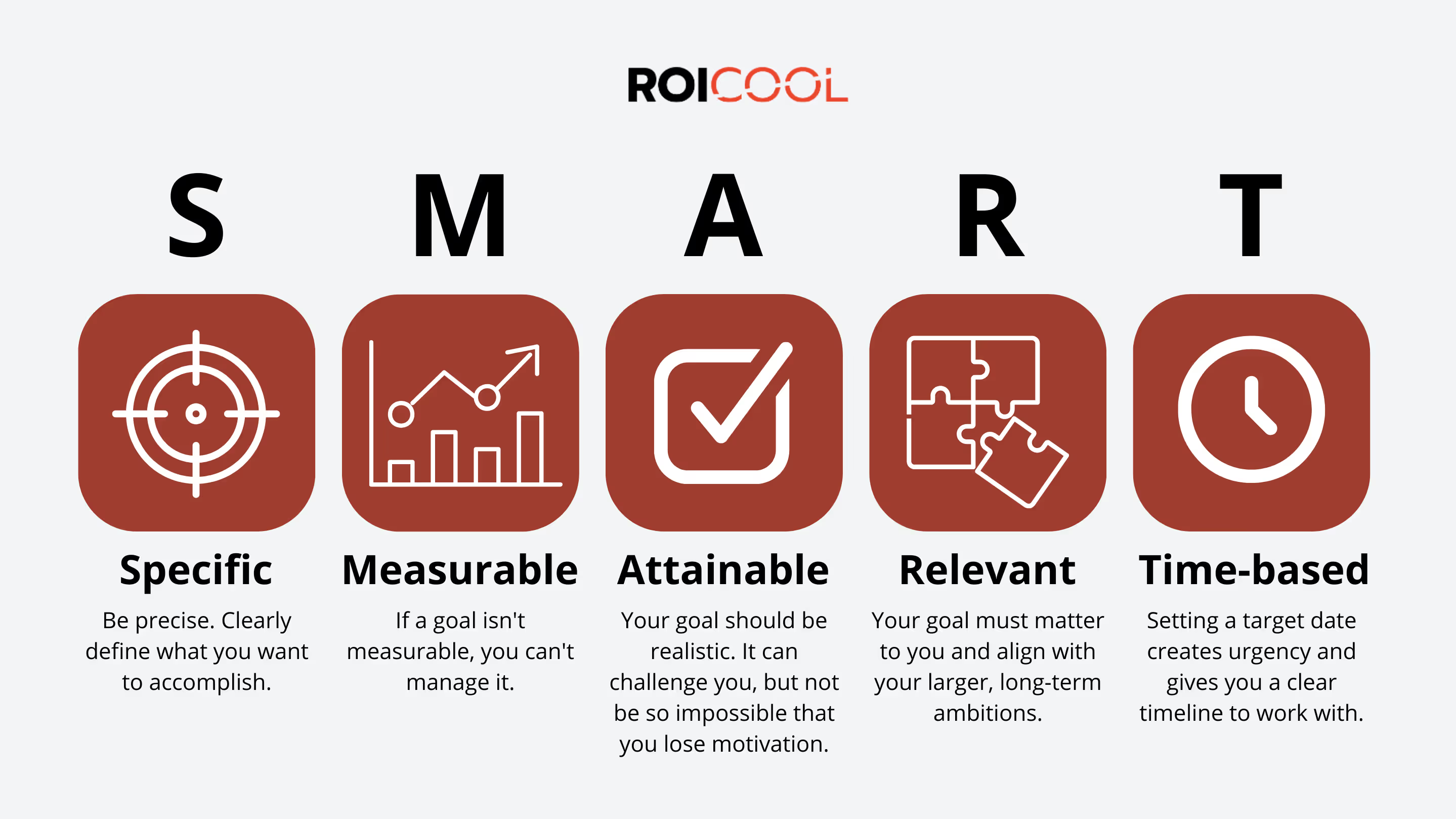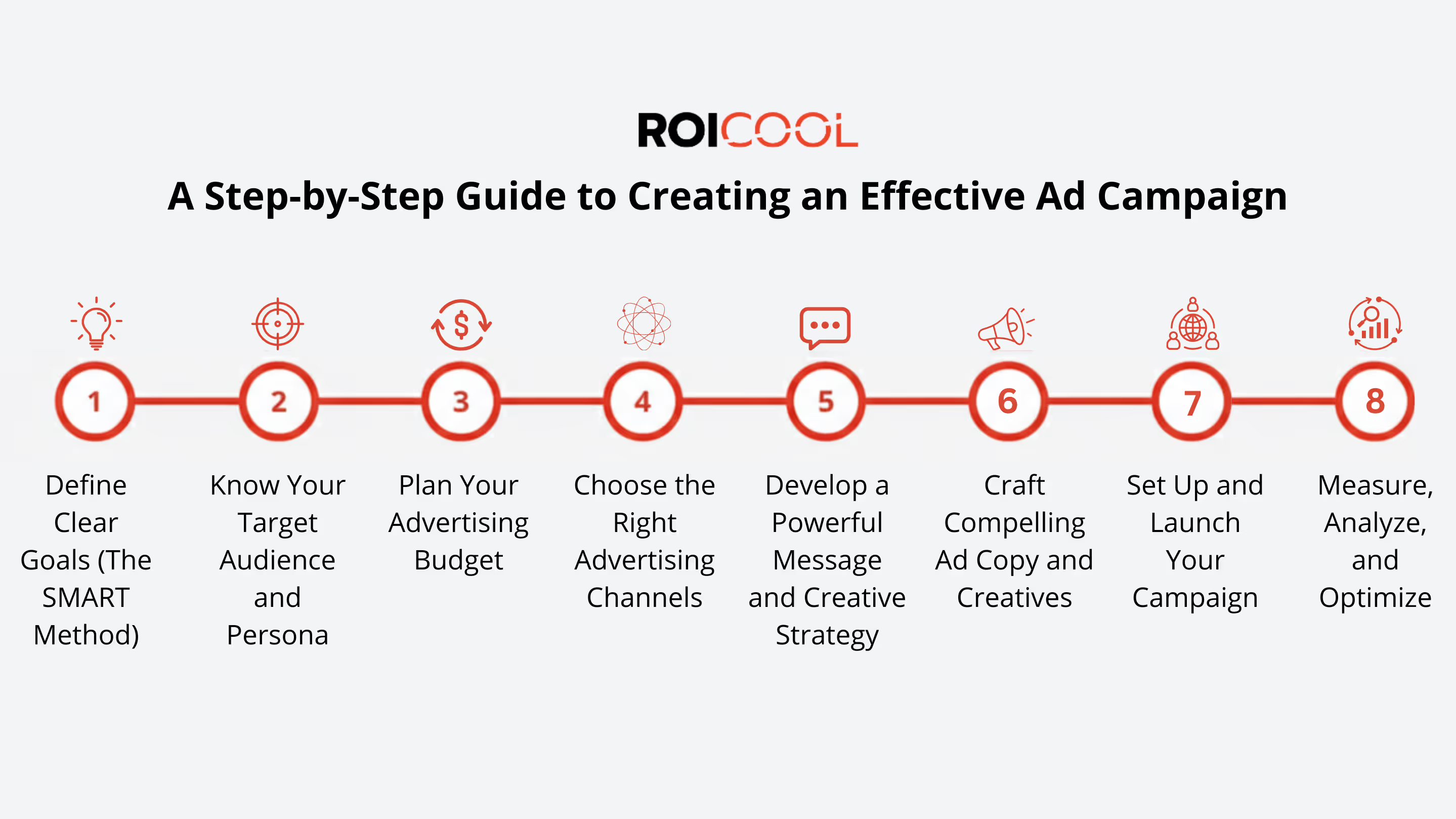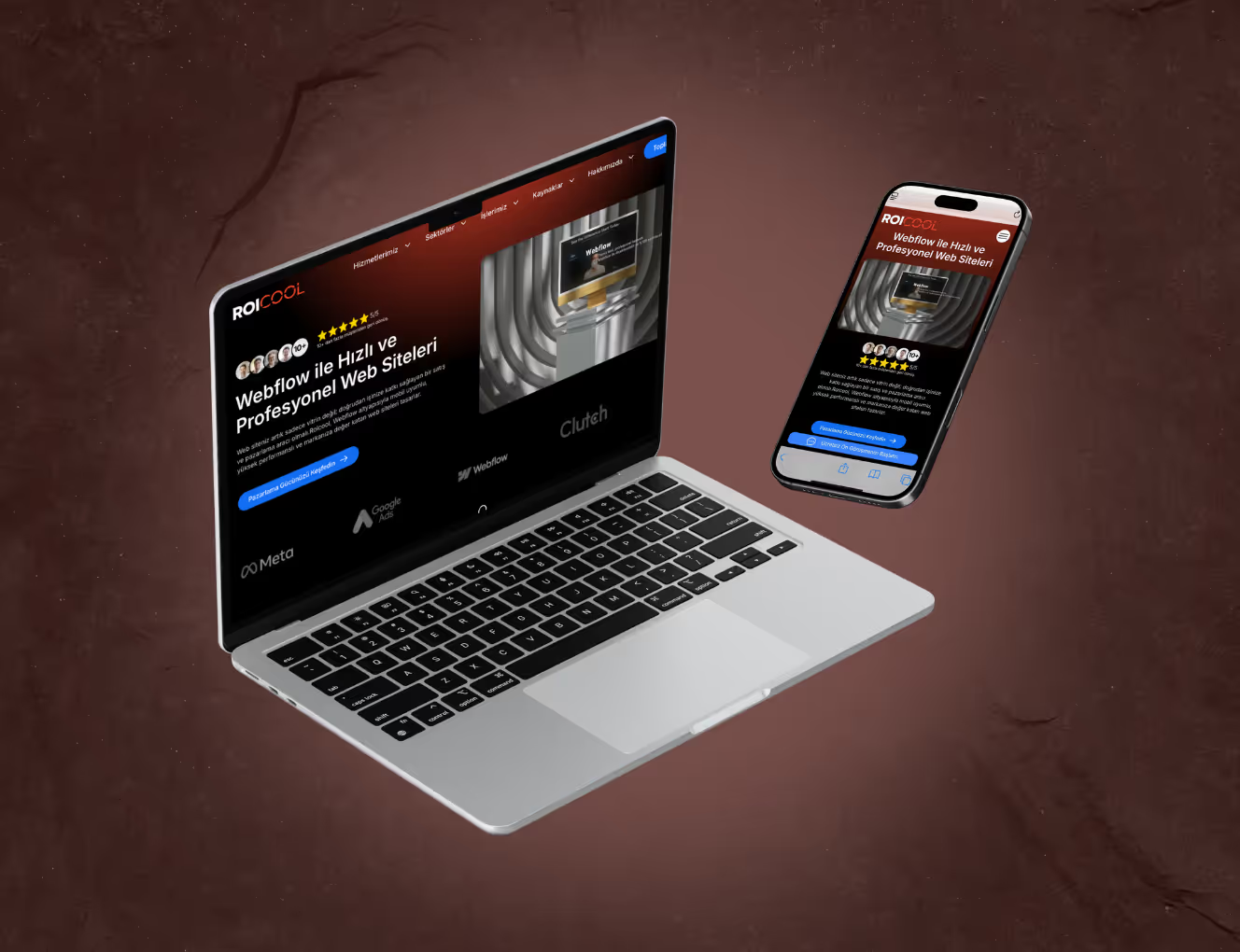In today's competitive marketplace, the old adage "build it and they will come" is no longer valid. No matter how exceptional your product or service is, if your potential customers don't know about it, achieving success is nearly impossible. This is where advertising comes in. But the real question is, how do you create effective advertising that cuts through the noise, uses your budget efficiently, and delivers real results?
This guide will deconstruct the entire process, from idea to campaign, exploring every step from strategic planning to optimization. We will cover all the components necessary not just to "run an ad," but to achieve sustainable success.
The Core Purpose of Advertising: Why Should You Advertise?
A fundamental understanding of what advertising is will help you build a better strategy. In its simplest form, advertising is the planned communication activity carried out to announce a product, service, or idea to a specific target audience and to create a change in perception or behavior within that audience.
The primary goals of an effective advertising campaign can include:
- Building Brand Awareness: Introducing a new brand or product to the market.
- Lead Generation: Collecting contact information from people interested in your product or service.
- Increasing Sales: Driving revenue with a direct commercial objective.
- Strengthening Brand Image: Positively reinforcing the brand's perception in the minds of consumers.
- Education and Information: Informing the target audience about a specific topic or issue.
A Step-by-Step Guide to Creating an Effective Ad Campaign
A successful ad campaign is not a product of chance; it is the result of methodical planning. We can break this process down into 8 essential steps:
1. Define Clear Goals (The SMART Method)
Before starting your ad campaign, the first question you must ask is: "What do I want to achieve with this ad?" Your goals must be SMART (Specific, Measurable, Achievable, Relevant, Time-bound).

- Bad Goal: "To make more sales."
- Good Goal (SMART): "To achieve $150,000 in revenue through Google Ads campaigns for our new e-commerce site within the next 3 months."
Clear goals allow you to determine your budget, channel selection, and success metrics.
2. Know Your Target Audience and Persona
One of the biggest mistakes in advertising is trying to reach everyone. A message aimed at everyone effectively reaches no one. To succeed, you must clearly define your ideal customer.
Defining your target market is the first step. After that, creating a persona is a critical part of this process. Your persona should include demographic information (age, gender, location, income), psychographic traits (interests, values, fears), and behavioral habits (which platforms they use, how they make purchasing decisions).
3. Plan Your Advertising Budget
There is no magic answer to "What should my ad budget be?" The budget will vary based on your goals, your chosen channels, the competition in your industry, and the size of your target audience.
If you are just starting, the smartest method is to start with a small budget for testing and increase it based on the data you collect. You should see your initial budget as a cost of data acquisition and learning, rather than expecting profitability from day one.
4. Choose the Right Advertising Channels
If you know where your target audience spends their time, you know where you need to reach them. Every platform has its own dynamics and user base. The main types of digital advertising include:
- Search Engine Marketing (SEM): Especially Google Ads, this is ideal for products or services that users are actively searching for (e.g., "plumber near me").
- Social Media Advertising: (Instagram, Facebook, LinkedIn, X, TikTok) Powerful for brand awareness, community building, and demographic targeting.
- Display Advertising: Based on showing visual ads in banner spaces on websites.
- Video Advertising: (YouTube, etc.) Used for storytelling and visual impact.
If your target audience consists of professionals, LinkedIn might be the right choice. If you're targeting a younger demographic, TikTok or Instagram may be more appropriate. Working with a Google ads agency can help you determine the right channel mix.
5. Develop a Powerful Message and Creative Strategy
You now know who you're targeting, with what budget, and on which channel. It's time to decide what you're going to say to them.
- What is your offer? (Free shipping, 20% off, free consultation?)
- What is your Unique Selling Proposition (USP)? Why are you different from your competitors?
- What "Pain Point" are you addressing? What problem are you solving for your customer?
Your message must be clear, simple, and in the language of your target audience.
6. Craft Compelling Ad Copy and Creatives
Your creative strategy comes to life through your ad copy and visuals (creatives).
- Ad Copy: The headline must grab attention immediately, the text should build curiosity, and it must include a clear Call to Action (CTA) ("Shop Now," "Learn More," "Try for Free"). You can review different ad copy examples for inspiration.
- Visual/Video: Use high-quality, platform-appropriate visuals that are consistent with your message and make people stop scrolling.
Don't forget about an A/B Test. Show different headlines, visuals, or offers to the same audience to see which one performs better.
7. Set Up and Launch Your Campaign
This is the step where all the planning is put into technical application. Using the ad panel of your chosen platform (Google Ads, Meta Business Suite, etc.):
- Set up your audience targeting in detail (demographics, location, interests).
- Define your budget and bidding strategy (e.g., Cost Per Click).
- Upload your prepared copy and creatives.
- Ensure your conversion tracking codes (Pixel, Tags) are installed correctly.
If you are advertising on Google Ads, you must install the Google Ads Conversion Tag.
If you are advertising on Facebook/Instagram, you must install the Meta Pixel.
8. Measure, Analyze, and Optimize
Advertising is not a "set it and forget it" system. Launching the campaign is only half the battle. The real work begins after it goes live. You must continuously monitor your campaign's performance, analyze the data, and make improvements.
This process is called "optimization." By analyzing which ad copy gets more clicks, which target audience brings more conversions, and which visual lowers your costs, you can direct your budget to the most efficient area.

Key Metrics (KPIs) for Measuring Ad Success
To understand if your campaign is successful, you need to look at the right metrics, also known as KPIs (Key Performance Indicators).
- Impressions: How many times your ad was displayed.
- Click-Through Rate (CTR): The percentage of people who saw your ad and clicked on it. (Clicks / Impressions)
- Cost Per Click (CPC): How much you paid for each individual click.
- Conversion Rate: The percentage of people who clicked your ad and completed your desired action (purchase, form fill).
- Return on Ad Spend (ROAS): How much revenue you earned for every $1 you spent on advertising. This is one of the most critical metrics for measuring profitability.
Remember: ROAS as a Profitability Metric All the metrics above are important, but the metric that directly shows your business's profitability is ROAS. You can get a high CTR, but if those clicks don't convert into sales, it's meaningless. Evaluate success not just by "how many people you reached," but by "how much your investment earned you."
Useful Tools and Resources for Your Ad Campaigns
Here are some essential tools and resources to make your job easier when implementing your strategy:
- Competitor Analysis and Market Research:
Google Trends: useful for seeing the popularity of specific keywords or topics over time.
- Keyword Planning:
Google Keyword Planner: Allows you to analyze keyword volumes and competition for Google Ads campaigns.
- Visual and Video Creation:
Canva: Ideal for quickly creating attractive ad visuals and short videos without professional design knowledge.
- Performance Tracking:
Google Analytics 4: The standard tool for analyzing how traffic from your ads behaves on your website (which pages they visit, how long they stay, conversion rates).
Avoid These Common Advertising Mistakes
While learning how to advertise effectively, it's just as important to know the common pitfalls.
- Insufficient Targeting: Showing your ad to irrelevant people is a waste of budget.
- Weak Call to Action (CTA): Not telling the user what to do next.
- Neglecting Optimization: Leaving the campaign to run on its own.
- Ignoring Mobile Compatibility: Your ad or landing page looks bad or is hard to use on a mobile device.
These kinds of basic common Google Ads mistakes and poor practices on other platforms will directly impact your return on investment.
Conclusion: Advertising is a Process
Effective advertising is not a one-time action; it is a continuous process of learning and improvement.When the right strategy, creativity, and analytical thinking come together, ad campaigns cease to be an expense and instead become a powerful growth engine for your business.
You can start building your own campaigns by following these steps. However, if you need professional support in the complex world of digital advertising, we are ready to maximize your return on investment with data-driven performance marketing strategies.










